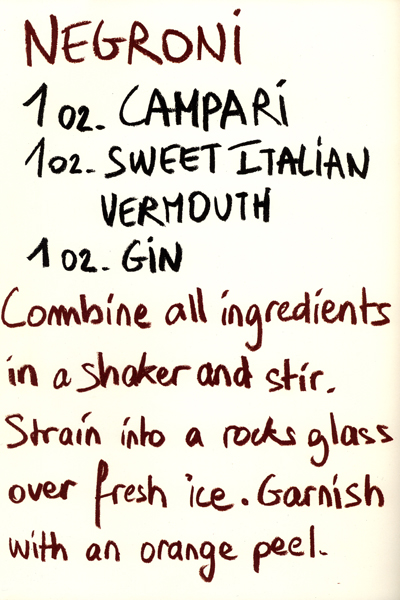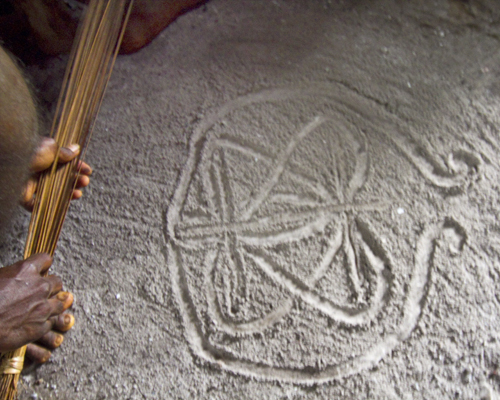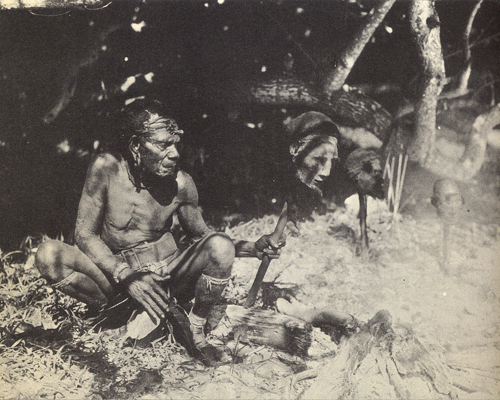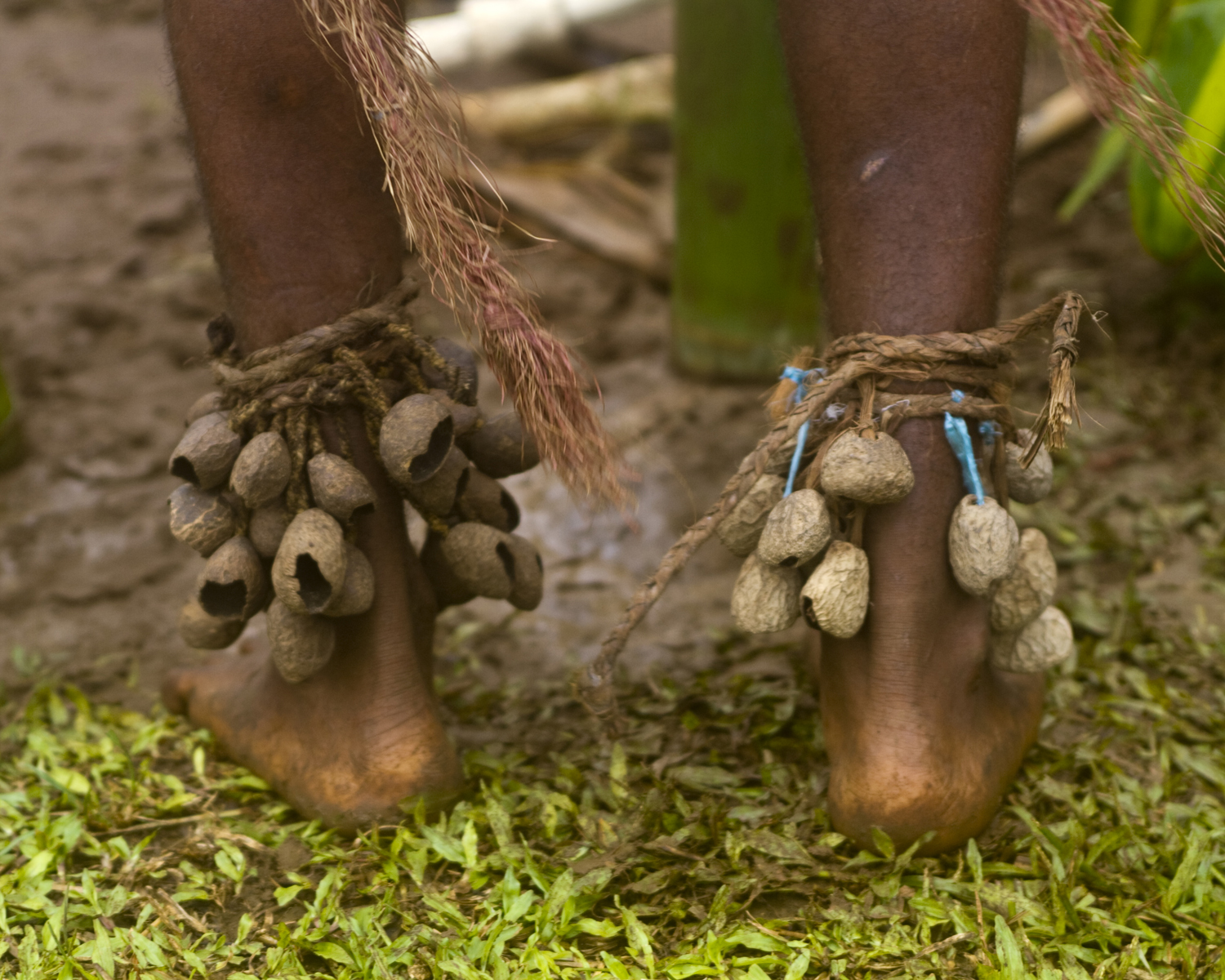It’s almost impossible to get a good Negroni in Italy. Which shouldn’t be the case since this formidable drink was invented by an Italian count, one Camillo Negroni, in Florence in 1919 at the Caffè Casoni. The story goes that Count Negroni asked the bartender to spike his usual cocktail, the Americano, by adding gin rather than the normal soda water (an Americano, created in the 1860s, being made of Campari, sweet vermouth, and club soda, was also the first drink ordered by James Bond in the first novel in the Ian Fleming’s series, Casino Royale).
And, yes Virginia, there really was a Count Negroni. According to a book on the history of various Italian cocktails written by Luca Picchi, head bartender at Caffe Rivoire in Florence, not only did this Italian nobleman invent the Negroni but for a time, he also made his living as a rodeo cowboy in the United States (can’t you just imagine a scene in “Brokeback Mountain” with the Jake Gyllenhall character, Jack Twist, sitting at a cowboy bar staring into a Negroni cocktail and muttering, “I wish I knew how to quit you”?)
Anyway, it’s really difficult to get a decent Negroni in Italy, mostly because the Italians, in general, don’t drink gin so what you get at the typical bar is some vile-smelling stuff that is immediately off-putting. But, oddly enough, I had a fabulous Negoni the other day at La Tentation, a swank restaurant and bar next to the women’s market in Port Vila on the island of Efate in Vanuatu.
The bartender/manager, Nick Smelik, used to be an event planner for the likes of Yves St. Laurent and Princess Anne, and, I guess, somewhere along the line he learned the advantages of using top-notch booze in his cocktails, for the Negroni I had here was one of the finest I’ve ever had. Mind you, I was both famished and parched—the perfect circumstances for ordering this libation which, because of its complex sweet-bitter taste is really best ordered as an aperitif (and because of its kick, you only get one).
As James Waller notes in Drinkology: The Art and Science of the Cocktail, which is a super book of both cocktail recipes and history, the Negroni possesses “a distinctive mix of flavors that no other cocktail has. It’s astringent (because of the gin), sweet (the vermouth), and bitter (the Campari) all at once. And it’s brilliant red-orange color is as remarkable as its taste.”
I couldn’t agree more. I only wish I knew how to quit them.








Recent Comments